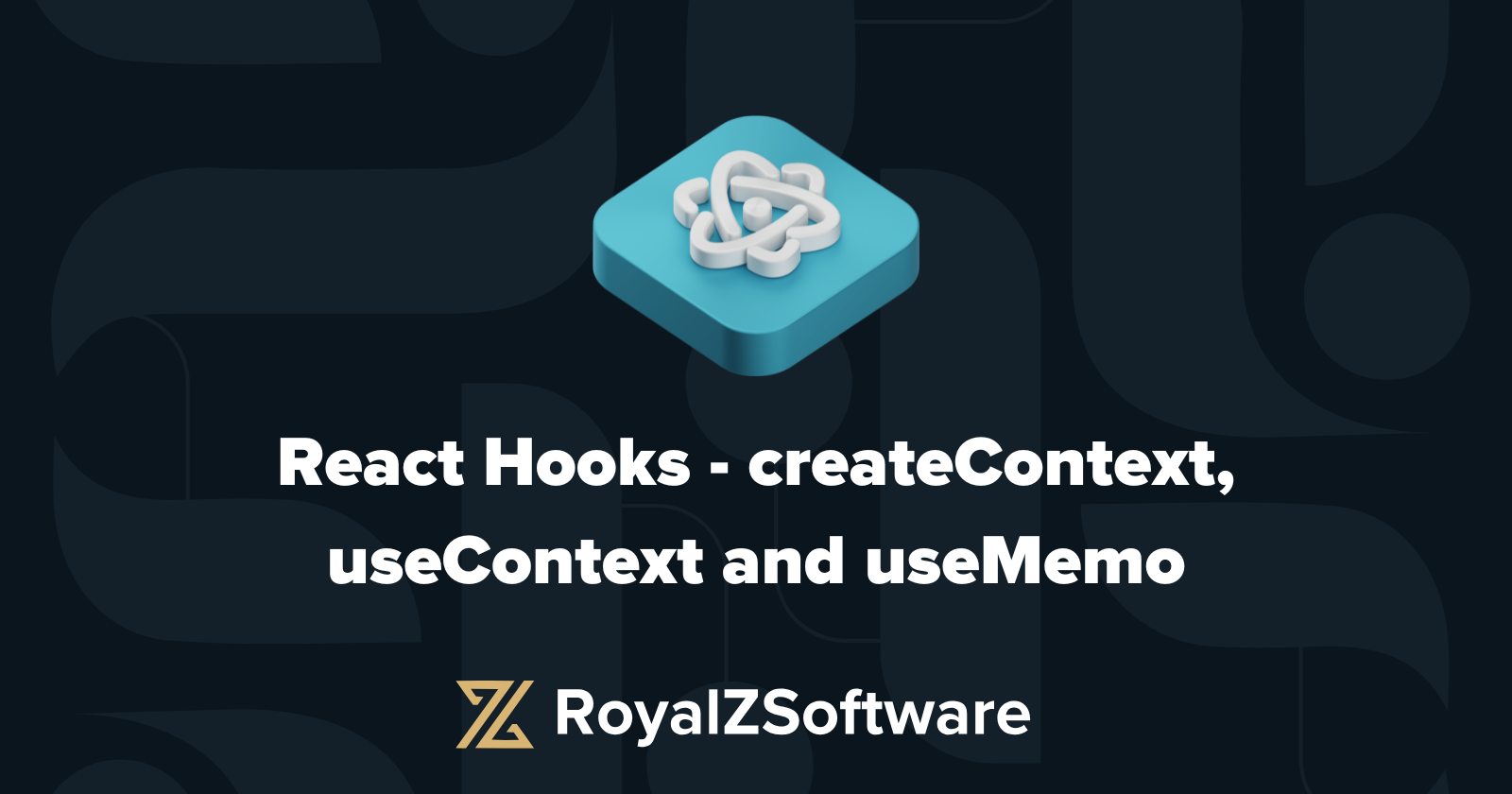React Hooks — createContext, useContext, useMemo
 Oleksandr Vlasov
Oleksandr Vlasov
As a junior React developer, I recently worked on a project to build a Todo Application using React with TypeScript. The goal was to build a functional app and dive deeper into React features like useState, useMemo, and especially useContext for state management.
This app allows users to add, delete, mark tasks as complete, and even download the to-do list as a CSV file.
1. Setting Up the Project with Vite
First, I used Vite to create my project. Vite is a great tool for fast and efficient React development. Here’s how I set it up:
npm create vite@latest my-todo-app --template react-ts
This gave me a TypeScript-ready React project right from the start.
2. Managing Todos with useState
The core feature of this app is the to-do list itself. I used React useState to manage the list of todos. Each to-do has two properties: the task description and whether it’s completed.
Here’s what the todo type looks like in TypeScript:
export interface Todo = {
text: string;
completed: boolean;
};
To manage the state, I used useState:
const [todos, setTodos] = useState<Todo[]>([]);
This allows me to add new todos, mark them as completed, or delete them.
3. Avoiding Prop Drilling with useContext
Passing down props through multiple components can get messy quickly, especially when the app grows. Instead of passing the to-do list and functions through several layers, I used React Context.
createContext: This sets up a "global store" for the todo state and functions like addTodo, deleteTodo, and toggleTodo.
useContext: Any component that needs access to this store can useContext to easily access the todo state and functions.
This simplified my app and made it much easier to manage the to-do list of different components.
Here’s how I set up the context:
const TodoContext = createContext<TodoContextType | undefined>(undefined);
And in components where I need to use the todo state:
const {todos, addTodo, deleteTodo, toggleTodo} = useContext(TodoContext);
4. Marking Todos as Complete/Incomplete
To mark tasks as completed, I added a simple checkbox next to each to-do. When clicked, it calls toggleTodo, which changes the completed status of that todo.
function toggleTodo(index: number) {
setTodos(prevTodos =>
prevTodos.map((todo, i) => i === index
? { ...todo, completed: !todo.completed }
: todo
)
);
}
This function updates the specific todo without mutating the original array.
5. Deleting Todos
Deleting a todo is also simple. I used the filter() method to remove the todo based on its index in the list.
function deleteTodo(index: number) {
setTodos(prevTodos => prevTodos.filter((_, i) => i !== index));
}
This creates a new array that excludes the deleted todo, and then I update the state with that new array.
6. Downloading the Todo List as CSV
One cool feature I added was the ability to download the to-do list as a CSV file. Here’s how I did it:
const downloadCSV = () => {
const dataCSV = "task,completed\n" + todos
.map(
(todo) =>
`${todo.text}, ${
todo.completed ? "done" : "not completed"
}`
)
.join("\n");
const blob = new Blob([dataCSV], { type: "text/csv" });
const url = window.URL.createObjectURL(blob);
const a = document.createElement("a");
a.href = url;
a.download = "todo-list.csv";
a.click();
window.URL.revokeObjectURL(url);
};
This code generates a CSV file with the to-do tasks and their completion status, which can be easily downloaded.
7. Optimizing with useMemo
To avoid unnecessary re-calculations, I used useMemo to optimize the performance when rendering the to-do list. For example, I used it to filter completed and incomplete tasks more efficiently.
const renderTodos = useMemo(() => {
return todos.map((todo, index) => (
<li key={index} className={styles.todoItem}>
<input
type="checkbox"
className={styles.checkbox}
checked={todo.completed}
onChange={() => toggleTodo(index)}
/>
<span className={todo.completed ? styles.completed : styles.todoText}>
{todo.text}
</span>
<button
className={styles.deleteButton}
onClick={() => deleteTodo(index)}
>
Delete
</button>
</li>
));
}, [todos, toggleTodo, deleteTodo]);
Conclusion:
Building this application gave me a deep understanding of important concepts like createContext and useContext. I also understood how useMemo works and why we need it. In general, I gained a lot of experience doing this application, and I’m sure that it will help me in my future real-world projects.
If you are new to the React world I suggested creating a to-do application and using createContext and useContext, also add to the to-do application useMemo, which gives you a deep understanding of how works, useMemo useContext and createContext functionality.
Thanks for Reading!
Subscribe to my newsletter
Read articles from Oleksandr Vlasov directly inside your inbox. Subscribe to the newsletter, and don't miss out.
Written by

Oleksandr Vlasov
Oleksandr Vlasov
Hi there! 👋 I’m Oleksandr. I’m a junior React Developer, just starting my journey in web development. I love creating interactive and user-friendly web apps. Right now, I’m learning all about React and its tools, like Redux for managing state, React Hooks for building reusable components, and React Native for mobile apps.